Hart’s Tongue Fern (Asplenium Scolopendrium) – 1 Gallon Pot
$39.97 Original price was: $39.97.$27.98Current price is: $27.98.
SKU: D2LSC 2944447455 Category: HOUSEPLANTS
- Sustainable materials, for a better tomorrow.
- Quality that lasts, prices that don't.
- Quality Products, Quality Service
- Have the best deals

Hart’s Tongue Fern
Asplenium scolopendrium
Other Names: Butthole, Christ’s Hair, Horse Tongue, Phyllitis scolopendrium
Plant Details
USDA Plant Hardiness Zones: 5a-9b Find Your Zone
Plant Type: Evergreen Perennial
Height at Maturity: 12-18″
Width at Maturity: 18-24″
Spacing: 18″ for mass plantings
Spacing: 18″ for mass plantings
Growth Habit / Form: Arching Mounded Clump
Growth Rate: Moderate
Flower Color: None
Flower Size: NA
Flowering Period: NA
Flower Type: NA
Fragrant Flowers: NA
Foliage Color: Bright Green
Fragrant Foliage: No
Berries: No
Berry Color: NA
Sun Needs: Shade or Part Shade, avoid direct afternoon sun
Water Needs: Average
Soil Type: Clay (amend heavy clay to ensure good drainage), Loam, Sand (amended), Silt
Soil Moisture / Drainage: Moist But Well Drained
Soil pH: 6.5 – 8.0 (Moderately Acid to Moderately Alkaline)
Maintenance / Care: Low
Attracts: Visual Attention
Resistances: Deer – more info, Disease, Heat, Humidity, Insect, Rabbit, Shade
Description
A very attractive and hardy perennial evergreen that looks like it came out of the jungle in the Jurassic Period, the Hart’s Tongue Fern forms a pretty rosette to 18 inches tall and wide of bright green, strap-shaped, solid fronds that aren’t divided like other ferns. The fronds remain lush and attractive year round, even during the winter when they provide a gleaming presence in what might be an otherwise dormant, drab garden. It can also be grown in pots as a year round indoor houseplant. It prefers a shady to partially shaded environment. Morning and evening sun are okay but avoid direct afternoon sunlight. You might be happy to know both the deer and rabbits turn their nose up to this fern.
Landscape & Garden Uses
Growing 12 to 18 inches tall and wide, the Hart’s Tongue Fern can be grown outdoors in USDA Zone 5 to 9 or as a year round indoor houseplant. In the garden, it is ideal for use as an accent in smaller garden spaces, or in groupings or massed as groundcover in shady areas, providing a lush, tropical effect. Excellent as a solo or combined with other shade-loving plants in pots, planters and other containers. Adds great texture to container plantings. Those of you who garden above USDA Zone 5a, where this fern in not reliably winter hardy, can grow it in containers that can be overwintered indoors.
Growing Preferences
The Hart’s Tongue Fern is easy to grow in most any moist, humusy, well-drained soil in part shade to full shade. Avoid the direct afternoon sun. Good soil drainage is essential to protect roots from rotting in winter. Using a quality potting when when growing in containers. It prefers a neutral to alkaline soil with a pH of 6.5 to 8, so add pelletized agricultural limestone to sweeten acid soils. Very little maintenance except to snip off a damaged frond when needed. We suggest a feeding with a mild organic fertilizer after new growth has emerged in spring.
Helpful Articles
Click on a link below to find helpful advice from our experts on how to plant, fertilize, prune and water perennial ferns.
How To Plant Perennial Ferns
How To Prune Or Cut Back Perennial fern Plants
How To Fertilize & Water Perennial Fern Plants
Plant Long & Prosper!
MEET OUR STAFF
Questions? Contact Us!
These plants arrived quickly, and in outstanding shape. Would recommend!—————————————We are so glad you are pleased and we hope you enjoy them for years to come! Thanks for the kind words and great review! 🙂 Beth Steele | WBG
The fern came well packaged with no damage. It also was pretty good size and beautiful. I have not planted in the ground as waiting for weather to warm up. I ordered 2 and they are doing wonderful. I am so glad that I ordered. I will definitely be ordering again.————————————————–We are so glad you are pleased and we hope you enjoy them for years to come! Thanks for the kind words and great review! 🙂 Beth Steele | WBG
Be the first to review “Hart’s Tongue Fern (Asplenium Scolopendrium) – 1 Gallon Pot” Cancel reply
Related products
Sale!
Sale!
Sale!
HOUSEPLANTS
Sale!
Sale!
Sale!
Sale!
Sale!

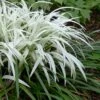
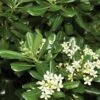

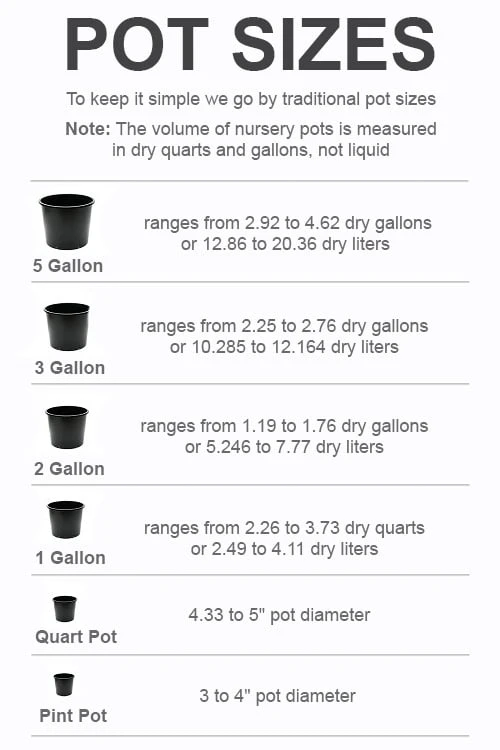
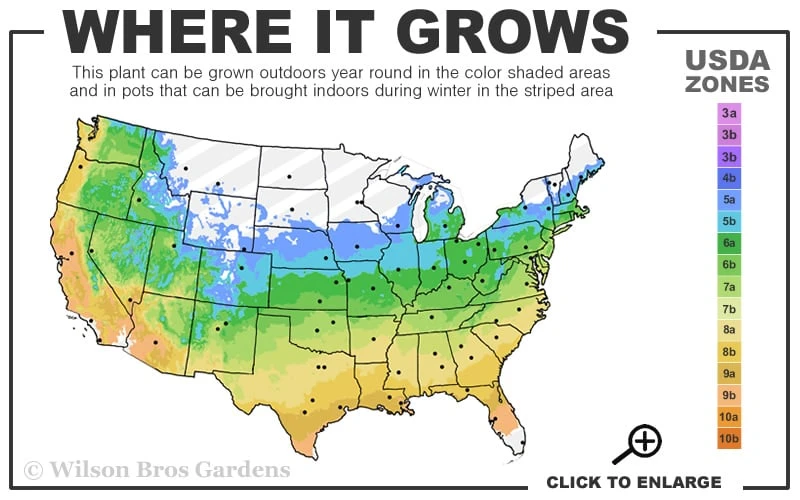
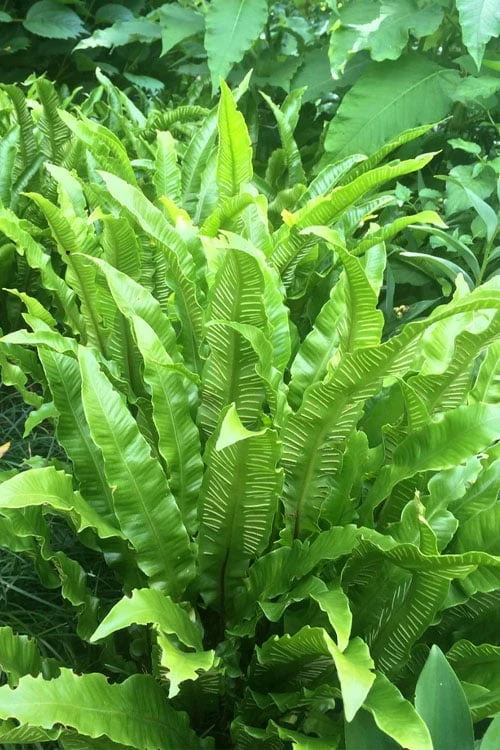
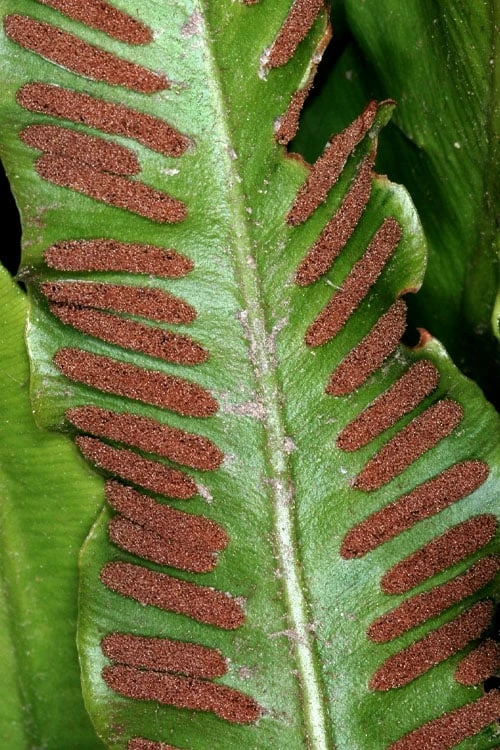
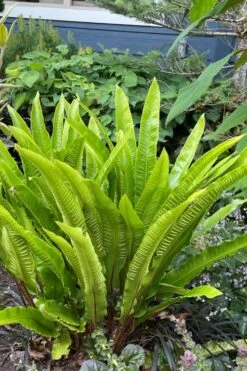


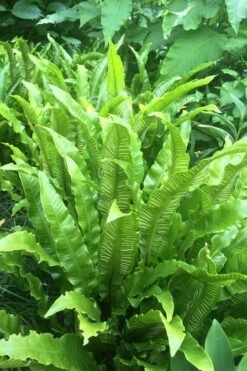

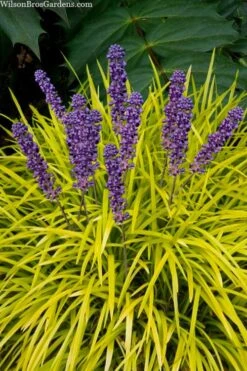

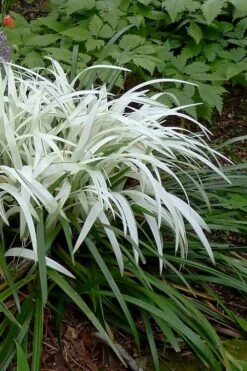
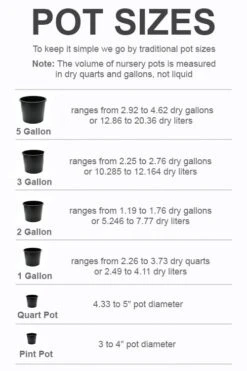




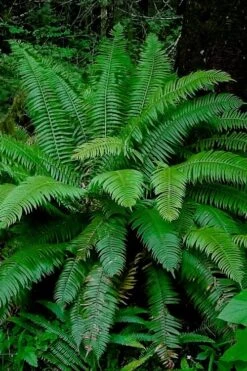

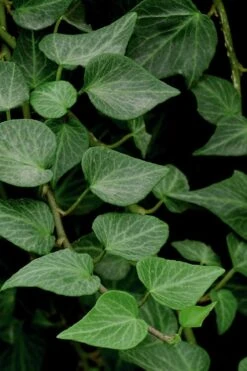
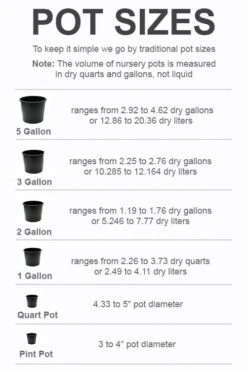




Reviews
There are no reviews yet.